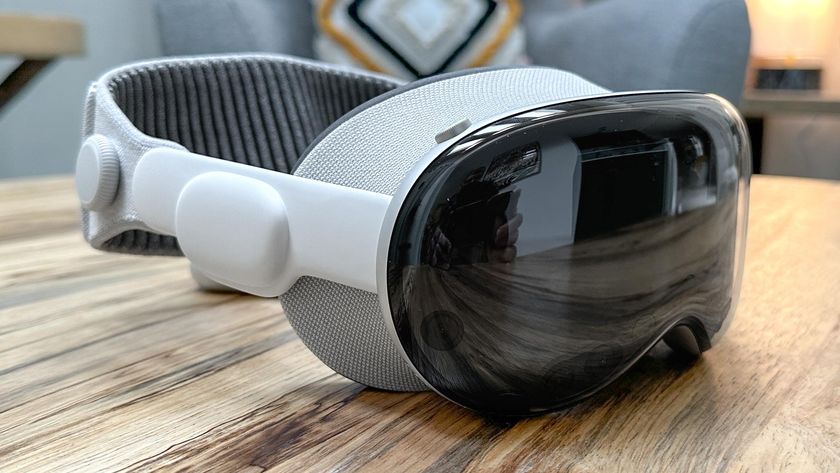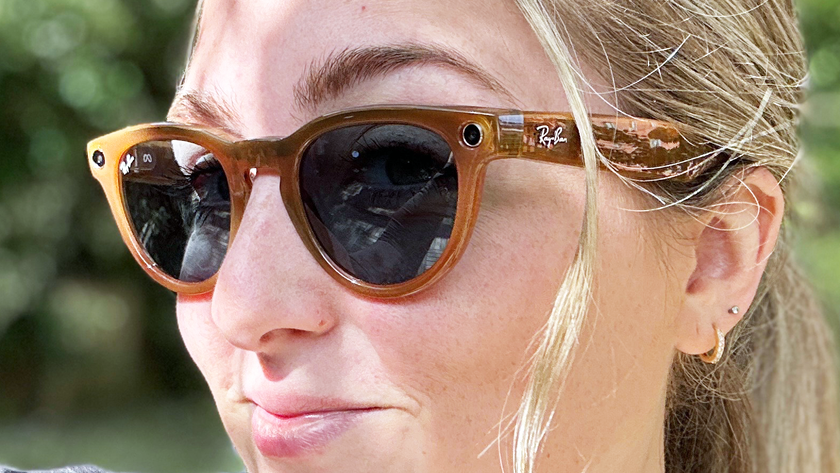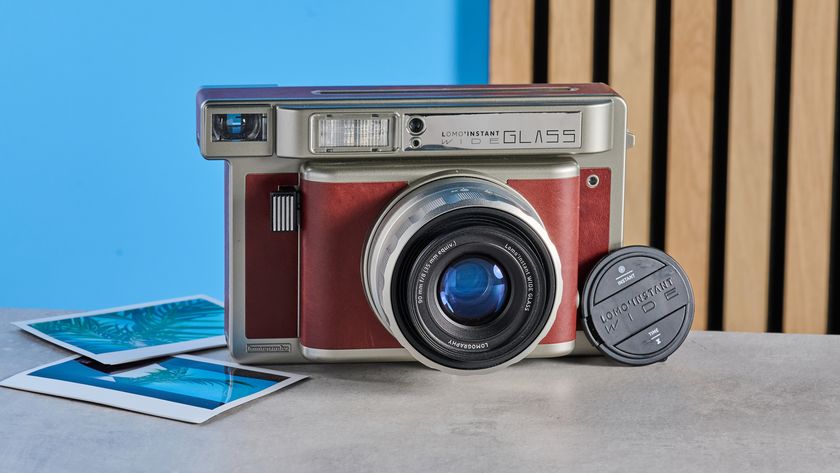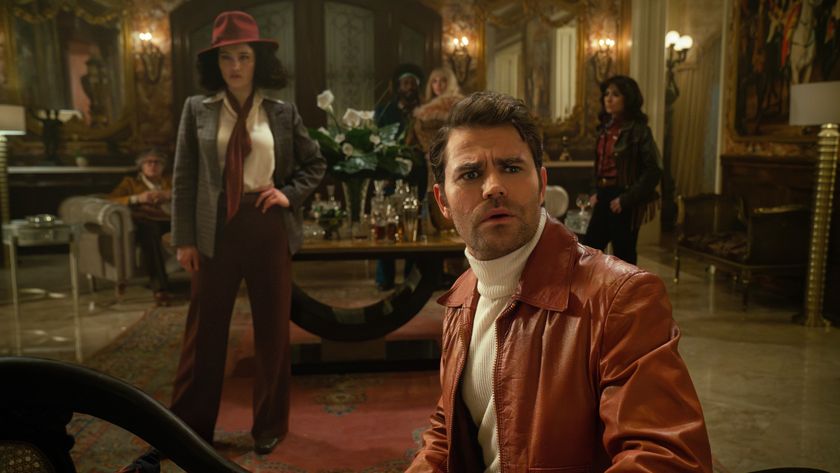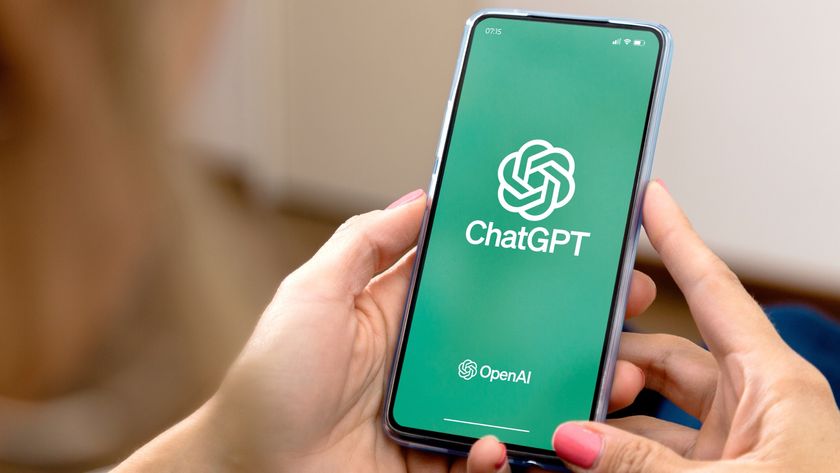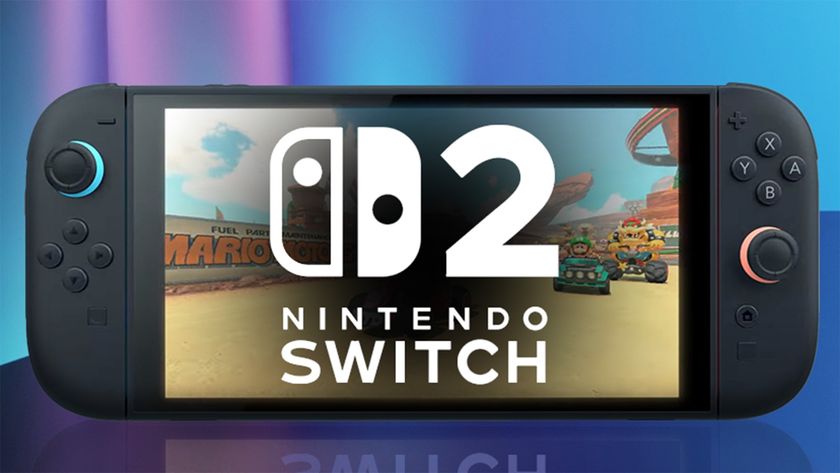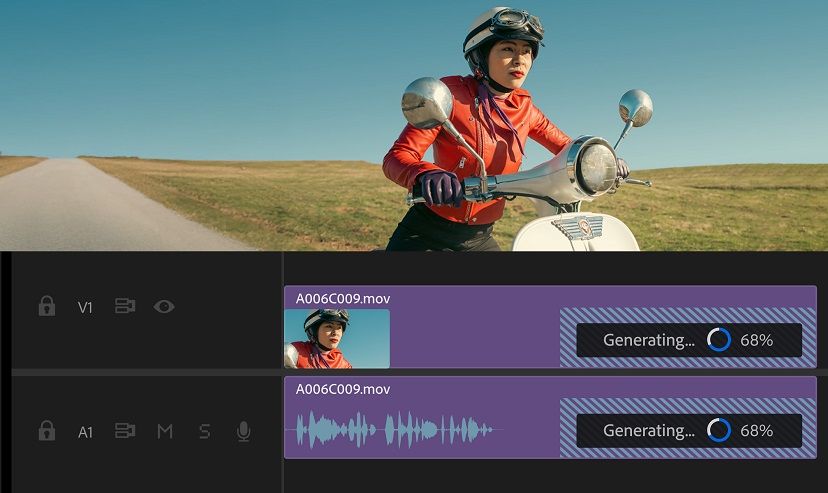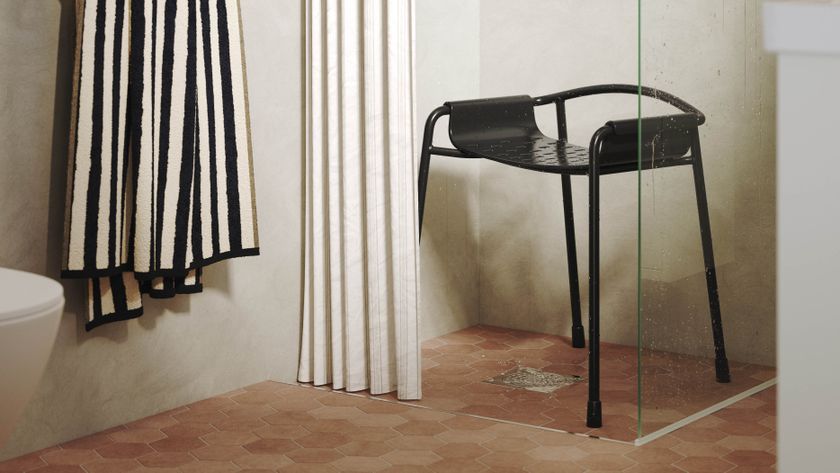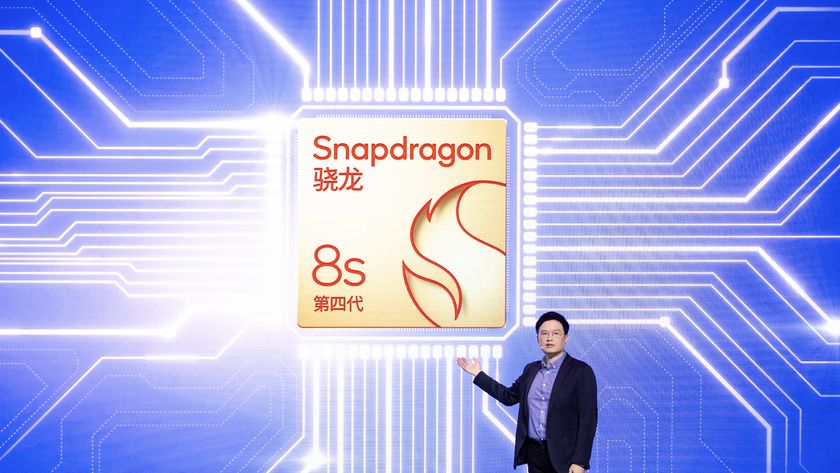Samsung's Mixed Reality Headset Hands-On: Premium Sight and Sound
Samsung's HMD Odyssey is joining Microsoft's array of mixed reality headsets as we get closer to the Oct. 17 launch of the Windows 10 Fall Creators Update.
Microsoft's growing fleet of mixed reality headsets just got bigger.
Samsung today (Oct. 3) took the wraps off a new headset built to take advantage of the virtual and augmented reality features being added to Windows.
Samsung's new $499 HMD Odyssey is the fifth Windows mixed headset to make its debut in the recent months. It joins Acer's Windows Mixed Reality Headset, the Dell Visor, HP's Windows Mixed Reality Headset and the Lenovo Explorer as devices designed to work with Windows 10. All five headsets are now available for preorder, ranging in price from $399 to $499. The Acer and Lenovo headsets are the least expensive, with the new Samsung model sporting the highest price tag.
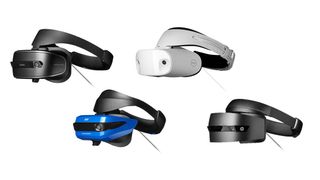
Since last year, Microsoft has been pushing mixed reality as a central part of the Windows 10 Creators Update. Also known as merged reality, mixed reality taps into elements of both AR and VR, overlaying digital elements on top of the physical world. The headsets being developed by Microsoft's hardware partners use positional head tracking software and spatial mapping technologies to blend virtual and physical spaces.
MORE: Are Microsoft's Mixed Reality Headsets the Affordable Savior of VR?
Meet Samsung's Odyssey
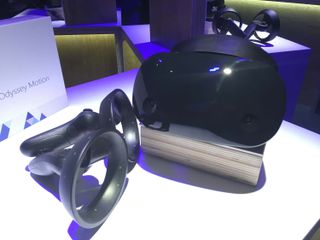
The HMD Odyssey is the latest headset to promise this experience. It features dual AMOLED displays, which Samsung will produce vivid colors and sharp resolution. The headset offers a 110-degree field of view, and its spatial AKG headphones are designed to put sound all around you. Other HMD Odyssey features include inside-out tracking, a built-in microphone and motion controllers for navigating your way through merged reality.
Strapping on the Odyssey at a Microsoft demo today, it's clear that Samsung is shooting for a premium experience with its mixed reality headset. The sound is fairly immersive even when it's turned down so that I could still hear demo instructions from a Microsoft rep. Samsung's mixed reality headset is the only one currently on offer to feature built in headphones; as a result, it's the only one with onboard volume controls, which you can adjust at the top of the headset.
Sign up to get the BEST of Tom's Guide direct to your inbox.
Get instant access to breaking news, the hottest reviews, great deals and helpful tips.
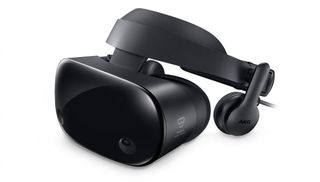
Samsung's headset has something else the others don't — an adjustable wheel for better focusing the two AMOLED screens. While the images are fairly sharp on the other Windows mixed reality headsets I tried, they're just a touch more clear on Samsung's version, which should make for a better experience in mixed reality.
Feeling at Home in Mixed Reality
Microsoft's mixed reality push doesn't end with hardware. The company is also backing up mixed reality with a big software effort, starting with the Windows 10 Fall Creators Update. That updated version of the Windows 10 operating system arrives Oct. 17, bringing with it support for mixed reality.
Alex Kipman, a Microsoft technical fellow who's leading Microsoft's mixed reality push, took us on a tour of the virtual world that Windows 10 Fall Creators Update will deliver. It's all based in what Microsoft calls a cliff house, basically transforming the desktop on your computer into a house with each rumor hosting different apps.
Exploring the cliff house with the help of an Odyssey HMD headset, I poked around Microsoft's Edge browser — a virtual keyboard floats in front of you, and you can tap the keys using your headset's handheld controllers. I also watched a 360-degree video that placed me in the middle of dolphins and took a tour of Machu Picchu from a hot air balloon.
One of the more impressive features of Windows 10's mixed reality experience came during Kipman's demo when he summoned Cortana to tell how how high Mount Rainer is. The Windows virtual assistant dutifully popped up an information card, which Kipman was able to move around with his voice. You can tell Cortana "move this here," and the assistant knows exactly what "here" means because the headset can detect where you're looking. That's a hell of a lot more convenient than dragging and dropping.
"Our very sense of reality is set to be transformed as we enter this new reality of computing, the era of mixed reality," Kipman said.
Attention to Apps
Apps are going to play a big role in whether these mixed headsets prove to be a compelling device, and Microsoft is pushing to make sure there are plenty of apps on hand to use in mixed reality. You'll be able to download apps in the Microsoft Store to use with these MR headsets, and Microsoft is promising a number of VR games — including Minecraft — will be available. In August, Microsoft announced plans to have SteamVR content work with its mixed reality headsets. Developers are now going to get access to the Windows Mixed Reality SteamVR preview to test out their apps, with consumer access coming closer to the holiday season.
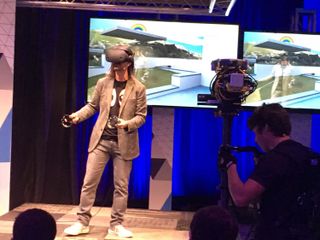
News of Microsoft's collaboration with Valve on SteamVR follows an August announcement that the software giant would team up with 343 Industries to bring Halo to its mixed reality platform. Halo: Recruit, teased at an event in San Francisco, gave us our first look at the popular game in mixed reality, with users getting a fuller look on Oct. 17.
I think Halo fans will like what they see with Halo: Recruit. I had a chance to briefly try out the app, in which I'm in the boots of the titular recruit. I got to chance to run a few training exercises with the virtual controllers in my hands turning into Halo weapons, as I blasted away at some monstrous targets.
Microsoft is also folding in Altspace VR, the virtual reality social network that appeared to be at death's door in early summer. Instead, Microsoft announced its purchase of Altspace today with the hope of using the Altspace VR team to build up its own mixed reality community.
Altspace figured prominently in Kipman's presentation, as he was joined by Microsoft's Terry Myerson in a virtual chatroom. Both Microsoft executives appeared as cartoon avatars, which struck me as reminiscent of a virtual reality feature Facebook is working on. But it shows that Microsoft's mixed reality vision goes beyond just you playing games and watching videos on a giant screen to also include social elements in future iterations of the platform.
Updated at 4:45 p.m. ET with more details from Microsoft's mixed reality event.
Philip Michaels is a Managing Editor at Tom's Guide. He's been covering personal technology since 1999 and was in the building when Steve Jobs showed off the iPhone for the first time. He's been evaluating smartphones since that first iPhone debuted in 2007, and he's been following phone carriers and smartphone plans since 2015. He has strong opinions about Apple, the Oakland Athletics, old movies and proper butchery techniques. Follow him at @PhilipMichaels.

